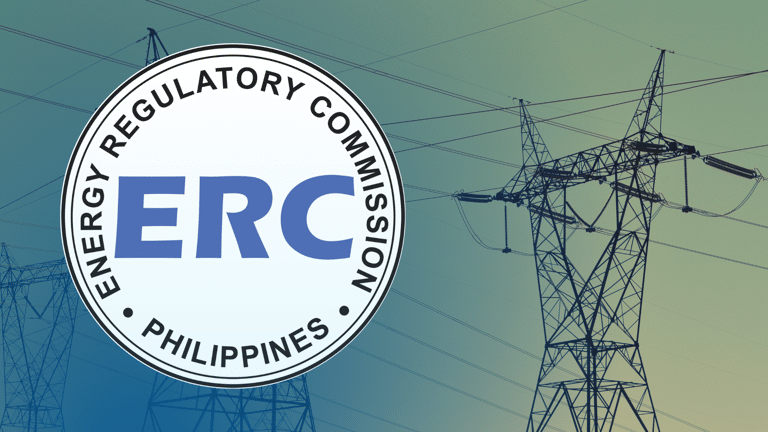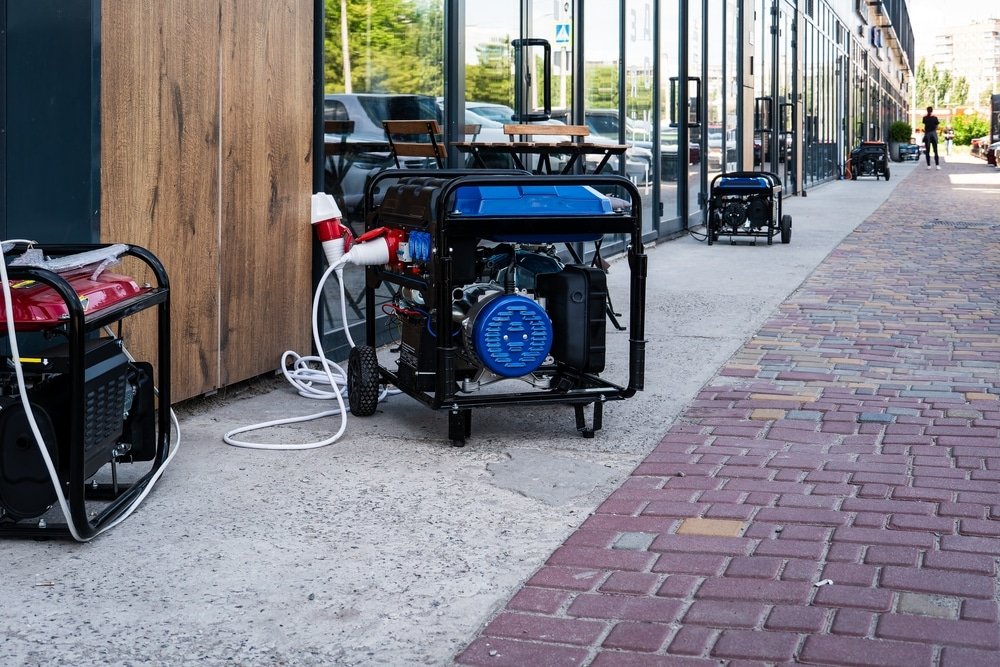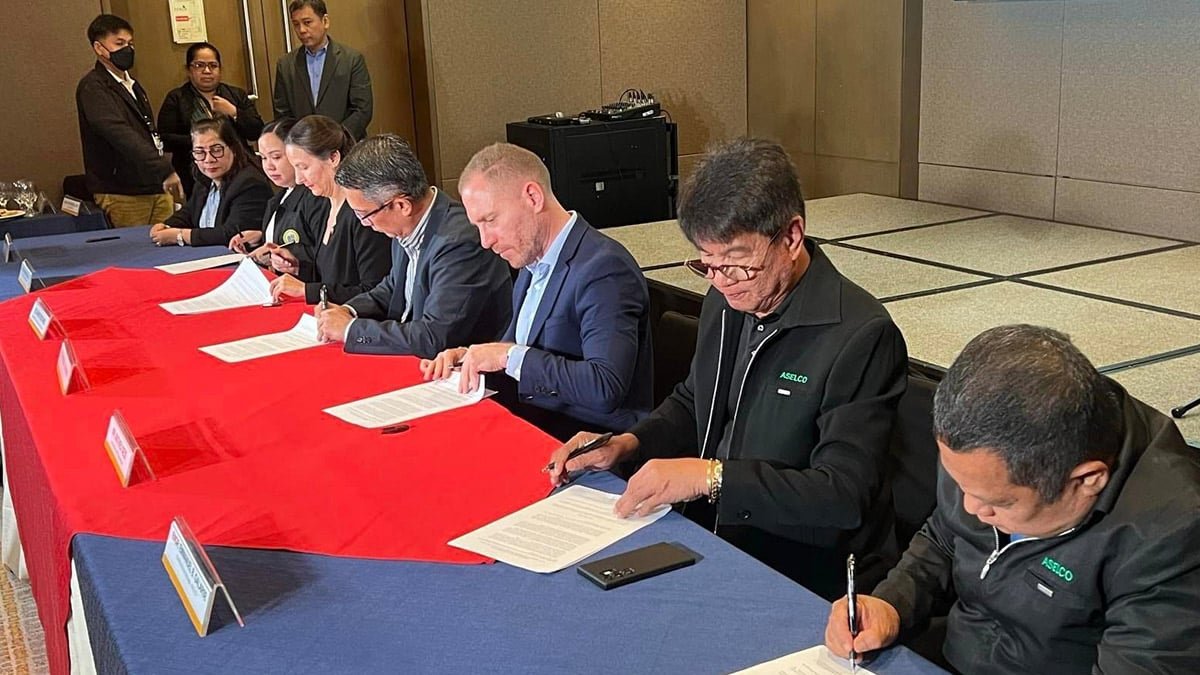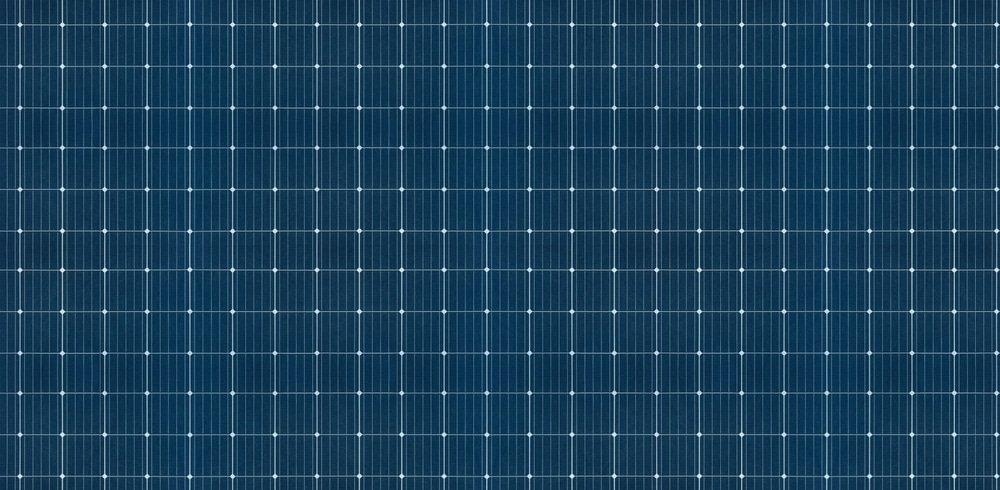
Households that produce their own electricity through renewable sources such as solar power usually have enough to meet their needs with some left over. The good news is that they can sell the excess energy they produce to the electricity grid for other households to use. This is called net metering.
Recently, the Energy Regulatory Commission (ERC) announced that adoption rates of net metering increased. The regulatory body noted a spike in the number of qualified end-users (QE) as of May 2024.
This means that there are now more prosumers or consumers who produce their own electricity through renewable sources and in effect make more energy available on the grid. By selling energy on the grid, prosumers earn credits against their future monthly bills.
According to the ERC, the number of QEs on the program increased to 13,189 in May 2024 from 200 QEs in 2015. The current QEs have a total capacity of 116,292.14 kilowatt-peak spread across Luzon, Visayas, and Mindanao.
Renewable energy (RE) facilities that can be used for net metering include wind, biomass, biogas, run-of-river microhydro, and solar, among others. Currently, rooftop solar systems are the most common facilities installed for the net metering program.
The increase in QEs is attributed to ERC’s education campaigns about the procedures and benefits of net metering as well as partnerships with local government units (LGUs).
“The ERC has intensified its information education campaigns (IEC) to raise public awareness on the procedures and benefits of net metering. To promote net metering programs at the grassroots level, the ERC forged partnerships through tripartite agreements with LGUs,” the regulatory body said.
A one-stop shop for net metering inquiries and applications is also set to be installed in Quezon City to facilitate processing.
With the availability of net metering all over the country, the country’s transition to renewable energy will soon be a reality.
References:
Net metering gaining ground, says ERC (msn.com)
https://doe.gov.ph/sites/default/files/pdf/consumer_connect/The%205%20Ws%20of%20Net%20Metering%20%28Primer%29.pdf



























































